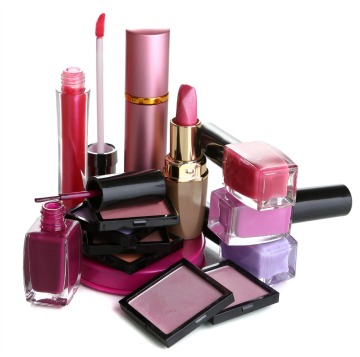
2014-06-07 22:51:31
Creating Brand Equity with Color
2014-06-07 22:51:31
Beauty products, particularly color cosmetics, come in all colors of the rainbow, but this is rarely reflected in the packaging.
Across budget, mass, prestige and luxe, we see that packaging colors are used very conservatively.
Black is historically the most widely used color and as such has become the generic go-to for the category. While black does still have that feel of premium through elegance and simplicity, this is undermined by such ubiquitous use.
For beauty products, the meaning of a color can be very important for the packaging and the brand.
A brand can go through three stages of color: using it, embracing it and finally owning it. This final stage creates brand equity and timeless brand association, which is the ultimate company aim. Great examples of this include Tiffany’s blue or UPS’s brown where products can be recognized by color alone, omitting the brand name.
|
|
But first, in the initial stages of using and embracing the color, it is important to focus on color longevity, ignoring the temptation of seasonal color trends.
For example, Pantone’s color of the year can be used to stress certain packaging design elements, but may not have the longevity for a brand’s core pack color. Britney Spears Fantasy The Night Remix fragrance is inspired by the Pantone color of 2014: Radiant Orchid, pantone 18-3224.
However, this color does not represent the Britney Spears brand, being used only for this seasonal edition. Thus brands can create color association in the short term and color ownership in the long term.
Adding color elements to accentuate packaging can also help brands to leverage the ethnic and regional diversity of the markets where they play. According to Mintel data from Shopping for Beauty Products Report, US, December 2013, beauty products shopping behaviors are very much defined by demographic and ethnic groups.
For example, both Blacks and Hispanics are more likely to try new products when shopping, whereas 77% of White consumers shop for beauty products only to replenish the items they use regularly.
Every color evokes emotions based on its characteristics and certain color, meaning one region might not be the same as another, an issue for many of today’s global brands.
Red lipstick might have the same meaning and use occasions for most women worldwide. But whether it is sold in red, black or white packaging might become a significant difference and ultimate purchase decision driver.
With the market so dominated by sleek shiny black ‘me-too’ packaging there is a great opportunity to tailor pack and brand color to individual markets or demographics and really stand out from the crowd. And when done well, the reward can be that ownership of a strong and recognizable color.
LinkedIn





